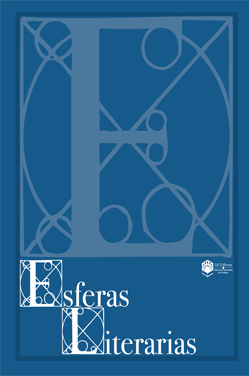Medical and Scientific Theories in «La piedra angular» (1891) by Emilia Pardo Bazán
Main Article Content
Abstract
This essay analyzes how Emilia Pardo Bazán in La piedra angular (1891) shows the medical and scientific doctrines of her time as regards crime and capital punishment. By means of the characters Arturo Cáñamo, Lucio Febrero, and Pelayo Moragas, the author exposes the main criminologist tendencies of the late nineteenth century: supporters of capital punishment, positivists, and abolitionists. In this way, Pardo Bazán conveys the different perspectives on criminality, clearly rejects death penalty, and shows the advantages and disadvantages of the Italian positivist school to end up defending her own position, that it, the correction that tends to the moral rebirth of the criminal. In addition, the writer denounces the validity of discriminatory practices, including the physical and psychological violence that many women suffered as victims of domestic abuse.




